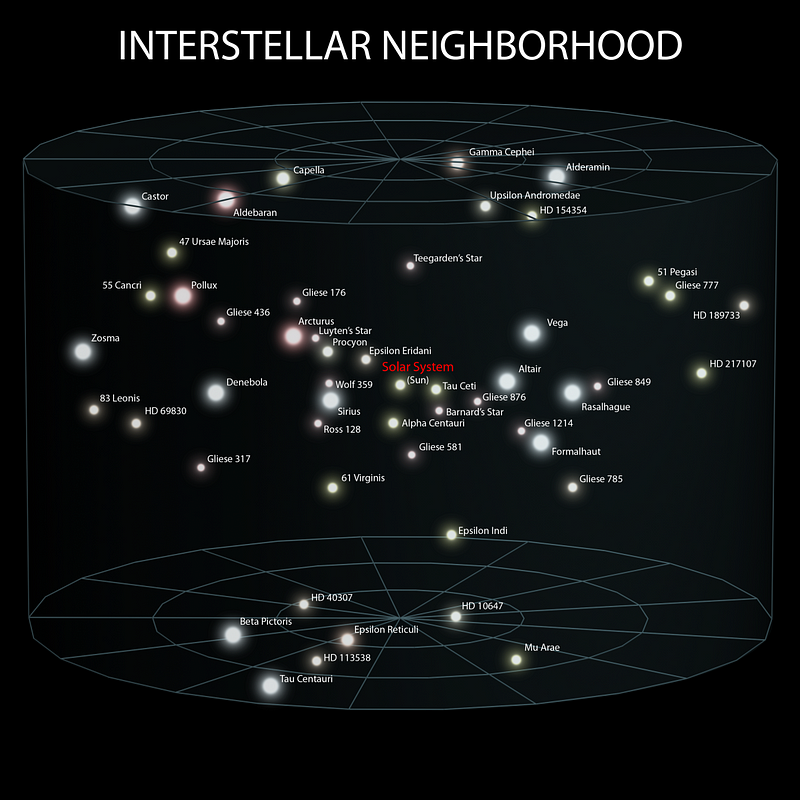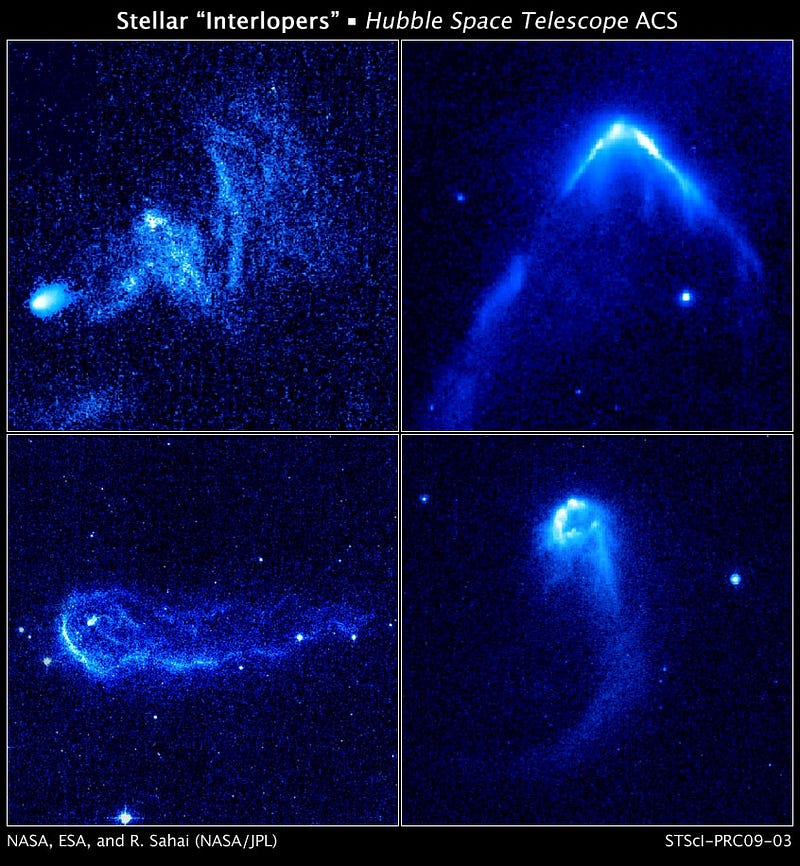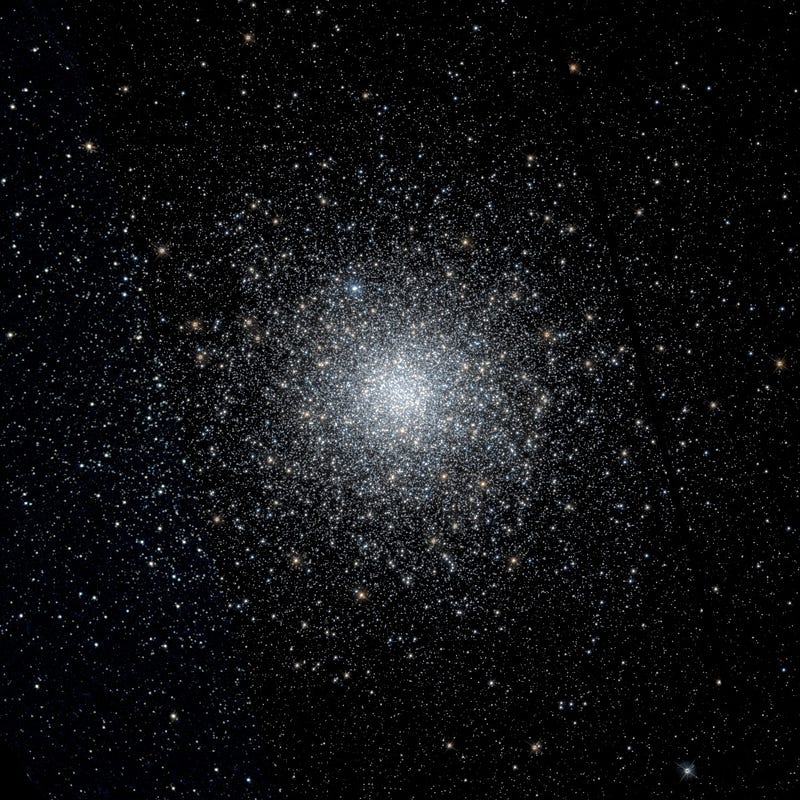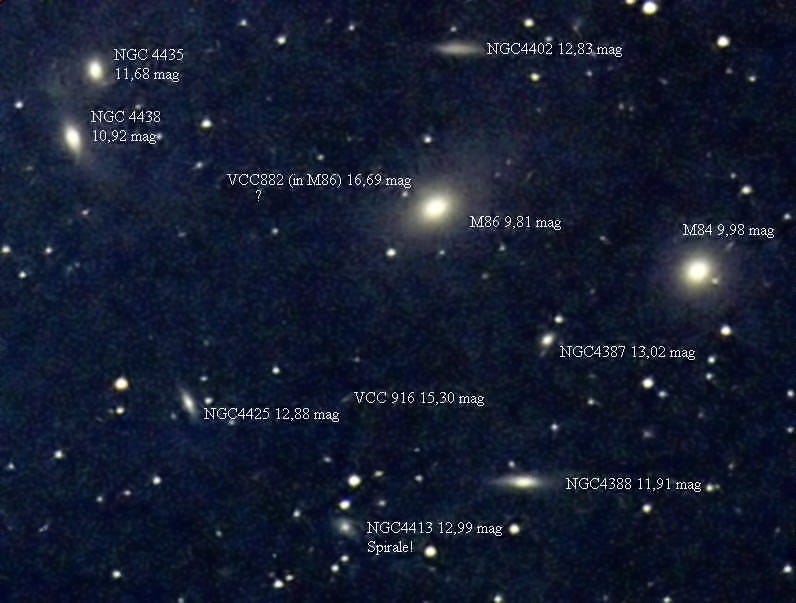Ask Ethan: Can stars escape from the galaxy, with planets intact?

Is stellar ejection a real thing, and if so, can planets come along for the ride?
“Mapping out the elements in a star is like reading its DNA. We’re using those DNA readings to decode the history of the Milky Way from the stars that we can observe today.” –Steven Majewski
Although the stars in our galaxy will live for billions of years, every once in a while, a catastrophe could happen that knocked one out of its stable orbit around our galaxy. Would it be possible for one to not only be perturbed, but to be ejected entirely? And if it were, is there any chance that you could still hang onto your planets, perhaps resulting in a habitable, intergalactic world, where your “Sun” (and perhaps some other planets) comprises the only bright light you’ll see? Andy Brewer wants to know for this week’s Ask Ethan:
Is it possible for a star to escape the gravitational pull of its galaxy? If so, could it do so with orbiting planets? If so, if you were on a planet and gazing at the night sky, would you see constellations made up of galaxies?

The first time you look up at the stars in our night sky, it may come as a surprise to realize that every single one is located in our own Milky Way galaxy. Not only that, but the overwhelming majority of the ones we can see are within a few hundred light years of Earth: peanuts on a galactic scale. Like our Sun, they revolve around our galaxy’s center at around 220 km/s, with most of them having additional motions of ±20 km/s on top of that, which is why the stars’ relative positions change over time. Practically every one isn’t just a single fiery ball of fusion and light, either, but likely has its own solar system, complete with planets and sometimes other stars as well. For the most part, these stars simply move through the galaxy in a nice, stable orbit, thanks to the fact that the Milky Way’s gravity is quite predictable and that other stars passing close to it are relatively rare occurrences.

But stars live a long time, and although the distances between them are very great, close approaches do happen with some regularity. While speeds of ~220 km/s are enough to keep us in a nearly circular orbit around the galactic center, another few hundred km/s should be enough to get us out of the galaxy entirely. Based on data from the RAdial Velocity Experiment (RAVE) survey, where data from nearly 100 high-velocity stars was gathered and analyzed, we were able to determine that the total mass of the Milky way is around 1.6 trillion solar masses, meaning the escape velocity at our distance is somewhere between 500–550 km/s. Another boost of 300 km/s in the right direction or so, and intergalactic space becomes our destination.

Close gravitational interactions between stars aren’t so incredibly rare, either. Once every million years or so, a star comes within the vicinity of the Sun’s Oort cloud, and probably about five times in our history, we’ve had a star approach at the distance of the Kuiper belt. There are even some stars in our galaxy that are moving so fast that we know they received a recent gravitational “boost” from some mass (or mass concentration), like Mira, as evidenced by a “tail” left as they move through interstellar space.

Mira, moving at “only” an extra 63 km/s, won’t leave our galaxy anytime soon, but there’s an important fact to note about it: Mira has a white dwarf companion, meaning that large gravitational “kicks” often aren’t enough to unbind a solar system! We can, however, look to the fastest star in the Milky Way galaxy — US 708 — to find one that will escape. At a speed of 1200 km/s, it may have gotten its kick from a supernova (perhaps even a rare “double detonation” supernova), and is headed out of the Milky Way.
https://www.youtube.com/watch?v=kJrHLSld3u4
There ought to be significant numbers of stars littering intergalactic space, as the Universe has had more than ten billion years to eject stars from its galaxies. Moreover, regions where stars form — open and globular clusters — are incredibly dense, with large numbers of stars in very small volumes, providing many opportunities for the gravitational slingshot effect. There’s an effect that arises that’s so well studied and so well simulated that we have a special name for it: violent relaxation. When many masses of different magnitudes are bound together, the lightest masses tend to get kicked out at breakneck speed, while the remaining masses wind up more tightly bound. This explains why some of the oldest globular clusters are so heavily concentrated towards their cores.

While an interaction that happens too close to a planet could eject that as well, simulations indicate that’s a rarity, and that most planets should remain intact. While there are likely under a million stars that have been ejected from our Milky Way so far, our Universe is still pretty young. By time many quadrillions of years have passed, that number will rise to most stars that ever existed in the Milky Way being kicked out, including (probably) whatever’s left of our Sun. The first intergalactic stars were discovered in the Virgo Cluster in 1997, proving that this is a phenomenon that’s been at play for a long time.

Either by gravitational or supernova-powered kicks, stars get kicked out of galaxies all the time. When they do, they wind up in intergalactic space, with night skies that are littered only with distant galaxies, which might give you a view — at any moment — like a still shot from thewonderful Sloan Digital Sky Survey (SDSS) movie: A Flight Through The Universe.
What you’d see wouldn’t look like constellations, but rather would trace out the large-scale structure of the Universe. And perhaps you’d wonder, if you didn’t know better, why your Sun was the only star-like thing in the night sky, and how you got so unlucky that all you’d see would be these distant smudges. Were they made up of billions of stars like yours, while you were just incredibly unlucky to be so alone? Or would you be the lucky one, to have a view of the entire Universe without a galaxy to stand in your way? It all depends on your perspective!
Submit your questions for Ask Ethan to startswithabang at gmail dot com.
This post first appeared at Forbes, and is brought to you ad-free by our Patreon supporters. Comment on our forum, & buy our first book: Beyond The Galaxy!





